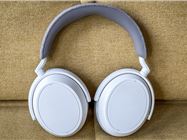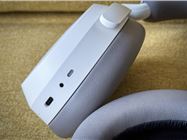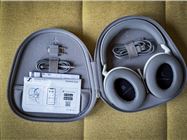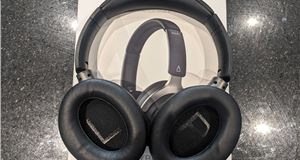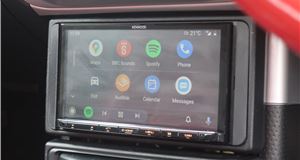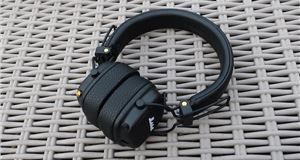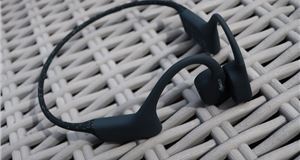What are they?
The Sennheiser Momentum 4 Wireless headphones are the brand's flagship over-ear headphones. Originally released back in 2022, they're still enduringly popular in a crowded market of wireless Active Noice Cancelling (ANC) headphones.
As well as delivering Adaptive Noise Cancelling, other standout features include an incredibly 60-hour battery life and touch-sensitive controls on the ear pads. The headphones have also dropped significantly in price, falling from over £300 to a tempting £199 - making them significantly more affordable than the Momentum 4's closest rivals, Sony's WH-1000XM5 and Bowers & Wilkins' Px7 S2e, both still over £250.
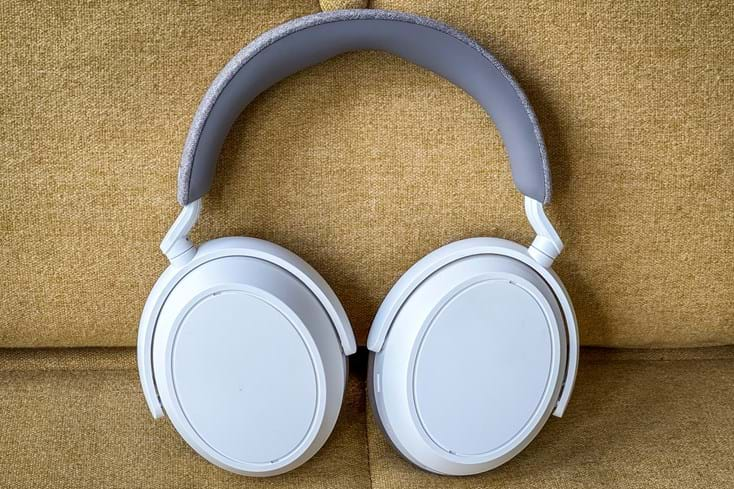
Are they any good?
Let's start off with the design. Previous generations have enjoyed a sleek and distinctive look, but the Momentum 4s take on a more conservative design that are more inline with rivals. The result is a more minimalist design that personally lacks some of the flare of the older models. That said, there are some nice little touches, while they're available in a multitude of colours, including black, graphite and the white you see here.
The amount of actual physical controls on the headphones is actually pretty sparse thanks to the focus on the touch-sensitive controls (more on that in a sec). That means you're left with single button that doubles as a power and pairing control, a USB-C socket and a row of five LED lights that act as the battery life indicator.

The 'around-ear' design of the cups means they encircle the ear, effectively reducing ambient noise from getting to the ear. When it comes to comfort, Sennheiser's Momentum 4 Wireless are excellent. The thick padding and soft synthetic leather covers make these ideal for every day use, even over long stretches - like on a flight for instance, while they only tips the scales at 293g.
When not is use, the ear cups on the Momentum 4 Wireless swivel flat, allowing them to fit neatly into the durable case provided. It also means they can rest a little more comfortably on your neck. One downside is that because the ear cups are hinged in this fashion is that, it's not possible to fold them in on themselves to pack away and put in a (sizeable) pocket.
To make up for the limited physical controls, the Momentum 4 Wireless headphones use gesture controls via the outer touch pad on the right ear cup. These are explained clearly in the Quick Start guide, but the most useful ones to know when listening to music are as follows: a single tap for playback/pause, swiping forward or backwards will go to the next or previous track, while swiping up or down will adjust the volume. One other handy little control is a pinch/zoom gesture that and toggle the intensity of the ANC. It will take a bit of getting used to but it doesn't take long to get accustomed to.
As for the sound quality, don't be fooled into thinking it's as understated as the design, we can assure you it isn't. Mid-range is is detailed and there's a lovely open soundstage, while bass is firm with more than enough clarity to the sound. On tracks like REM's Country Feedback, it delivers a rich and layered sound.
In terms of Active Noise Cancellation, the Sennheiser Momentum 4 Wireless do a very good job. They cut out the thrum of a busy train, only struggling with louder sounds. Download the Sennheiser Smart Control app and you can also put them in ANC Adaptive mode, which sees the noise-cancelling effect adjusted on the fly as it reacts to your environment.
The Smart Control app also offers a number of other features as well, including preset EQ for types of music, while there's also a podcast mode that enhances speech clarity.
Finally, a word on battery life - with up to 60 hours of playback, the Sennheiser Momentum 4 Wireless are simply brilliant.
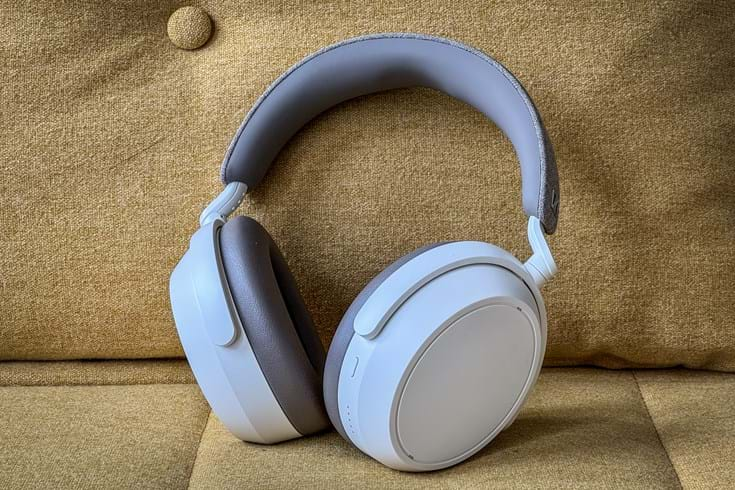
Should you buy a pair?
They're not the newest pair of flagship headphones, but the Sennheiser Momentum 4 Wireless prove that they're still wildly popular for a reason. The sound is crisp and detailed with a pleasant, lively quality to it and the compact design, comfort and stunning battery life make them perfect for commuters and frequent flyers.
They might not quite be the best wireless headphones you can buy, but considering the price point of the Momentum 4 Wireless these days - we'd argue they're excellent value for money and probably the best buy right now.





